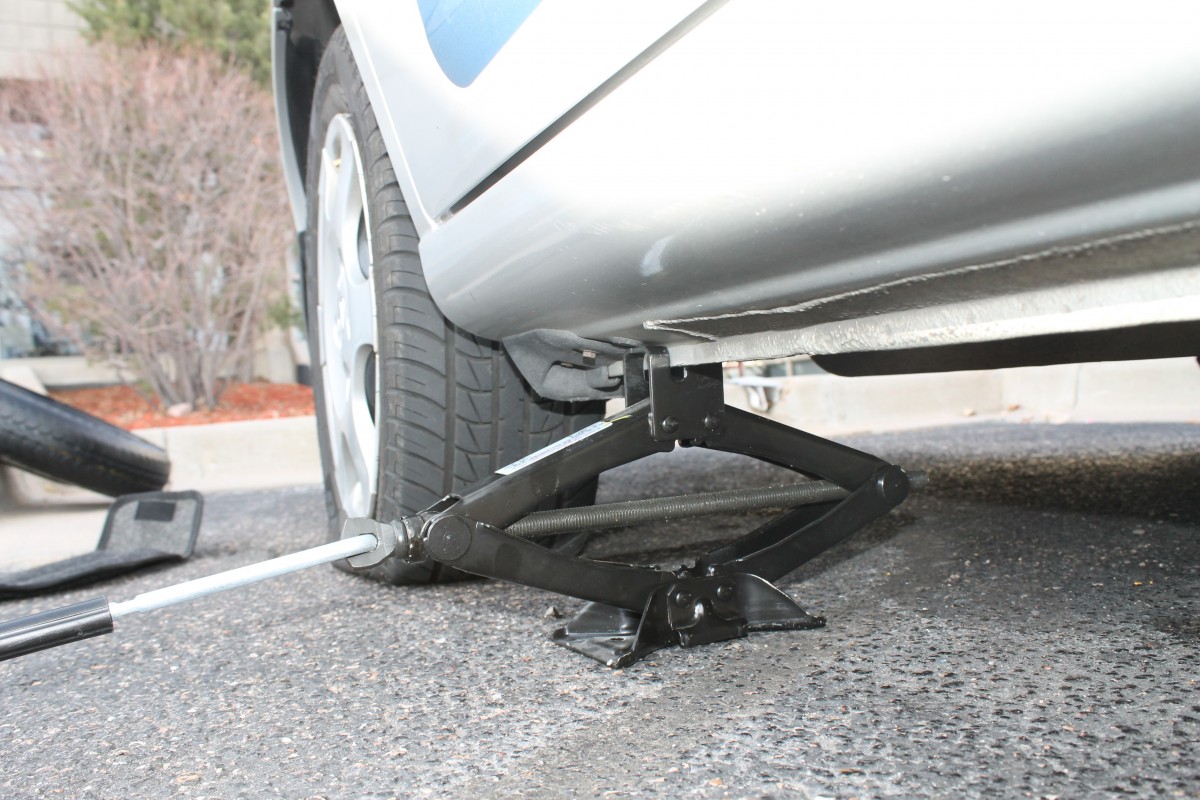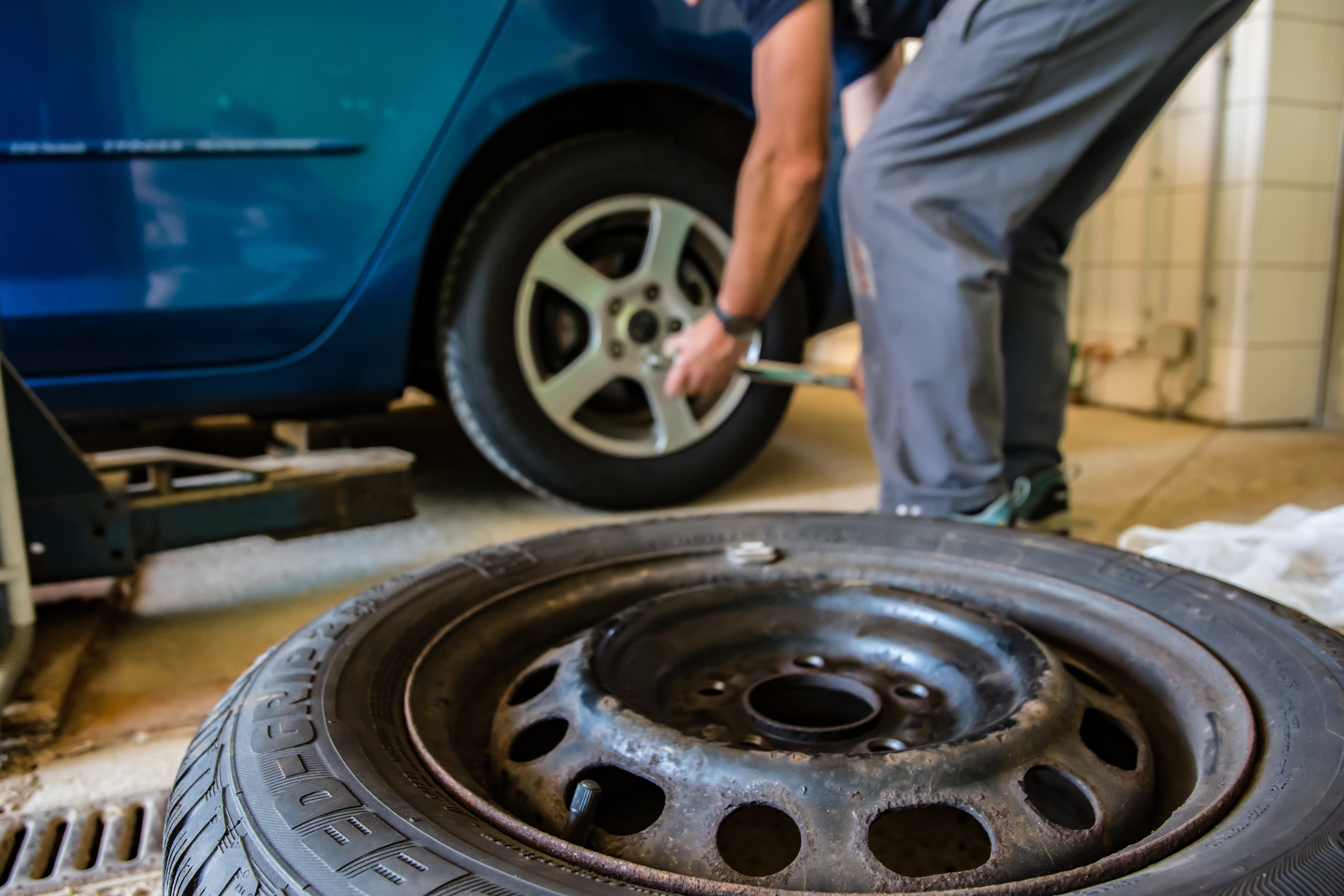Contents
Changing a wheel: the necessary equipment
Changing a wheel is very simple if you follow the guide!
Spare wheel: to be changed or not?
Changing your wheel is an easy task if you have the right equipment, method, and muscle minimum.
Ideally, it would help if you never had to do it, but it is clear that knowing how to change a wheel is helpful. Imagine if a puncture occurred during your driving test!
Changing a wheel: the necessary equipment
If you have a flat tyre in the countryside, you need to have the following to change your wheel.
- Spare wheel: prominent but not systematic;
- jack;
- suitable spanner;
- An anti-theft nut socket: The rims of modern cars are often tightened to the hub with specific size nuts. This prevents theft, but you need to have the adapter to use a standard spanner on your wheel nuts.
- Safety waistcoat and triangle.
Changing a wheel is very simple if you follow the guide!

Changing a wheel is relatively simple, provided you have the minimum strength and follow the guide. There is a procedure to go with the jack and spare wheel. Here are the steps:
- You should position the vehicle in a safe and clear area.
- Apply the handbrake and put the vehicle in 1st gear.
- Use your safety triangle and put on your fluorescent waistcoat.
- Empty the boot if necessary to lighten the vehicle and access the spare wheel, jack and key.
- Attach the anti-theft sleeve to the key and loosen all the nuts by about 2 turns (removing the cover or hubcap, if necessary). This is done by turning counter-clockwise and may require some force.
- Do not hesitate to use your foot.
- Place the jack in the indicated position and operate it so that the vehicle rises and the wheel is no longer in contact with the ground. Remove the wheel once all the nuts have been removed, and remember to keep the nuts nearby for re-mounting.
To fit the spare wheel, do the reverse:
- Position the wheel on its axle.
- Tighten the nuts as far as possible with the spanner clockwise.
- Operate the jack so that the vehicle is back on the ground (you can now fold up and store the jack, which you will no longer need).
- Tighten all nuts. Tightening the nuts as much as possible does not help.
- On the contrary, tighten them enough, but think about the next time you need to remove them.
- Store your wheel with the flat tyre if the space in your boot allows it, together with the jack and the rest of the equipment: that’s it! All you have to do is put the wheel cover back on.
- Ideally, if you have an inflation gun, check and adjust the pressure of your spare wheel to the recommended pressure.
- The only thing left to do is bring your flat tyre to a Puncture Repair Services.
Spare tyre: wheel or no wheel?
If your vehicle is equipped with a spare wheel, there are two possible solutions:
A complete wheel identical to the wheel with the damaged tyre:
In general, the rim will differ (a steel rim is often used, as it is lighter and cheaper), but sometimes also the tyre brand.
Having a tyre that does not comply with the Highway Code is then tolerated for its time to replace the punctured tyre.
A spare wheel, smaller than the average wheel, is a breakdown solution that will limit the use of the vehicle to 80km/h in general.
The maximum speed, as well as the pressure and inflation, are indicated on this wheel.
Hope this post will help you someday. If you don’t want to do it, calling a professional near you will be your last recourse. ANP WHEELS & TYRES is one name to be remembered in such instances.


1 comment
[…] A Practical Guide to Changing Your Wheel. […]